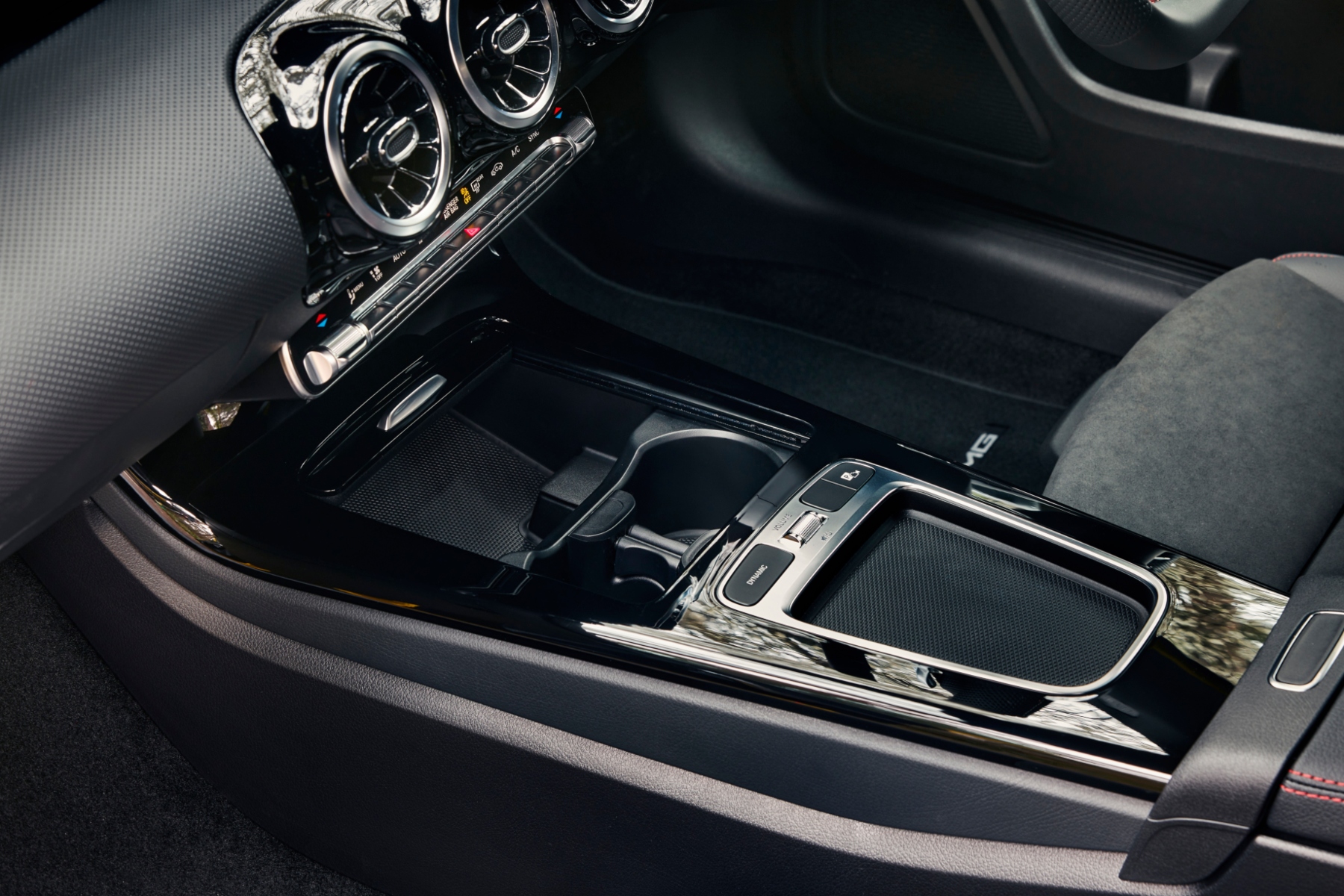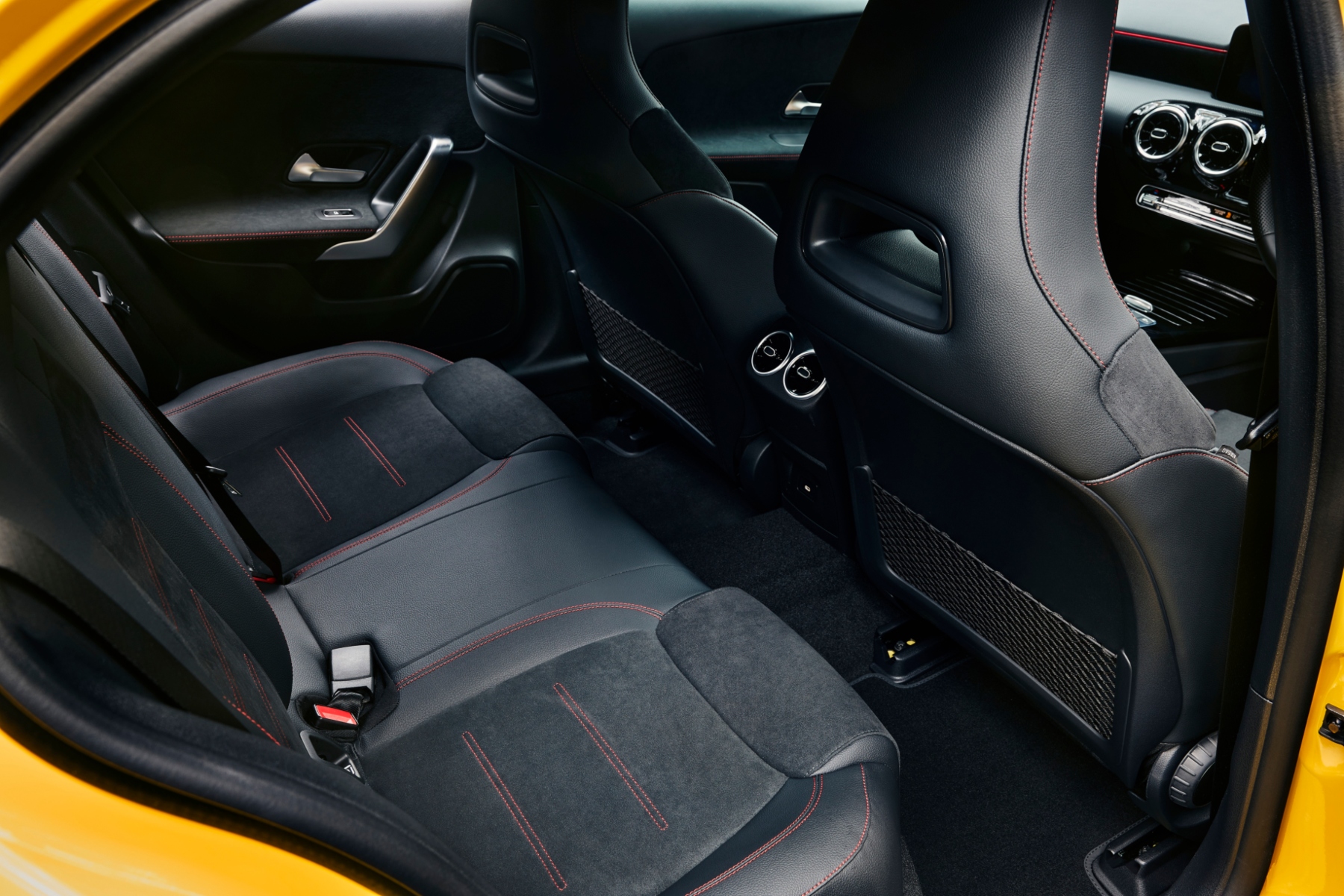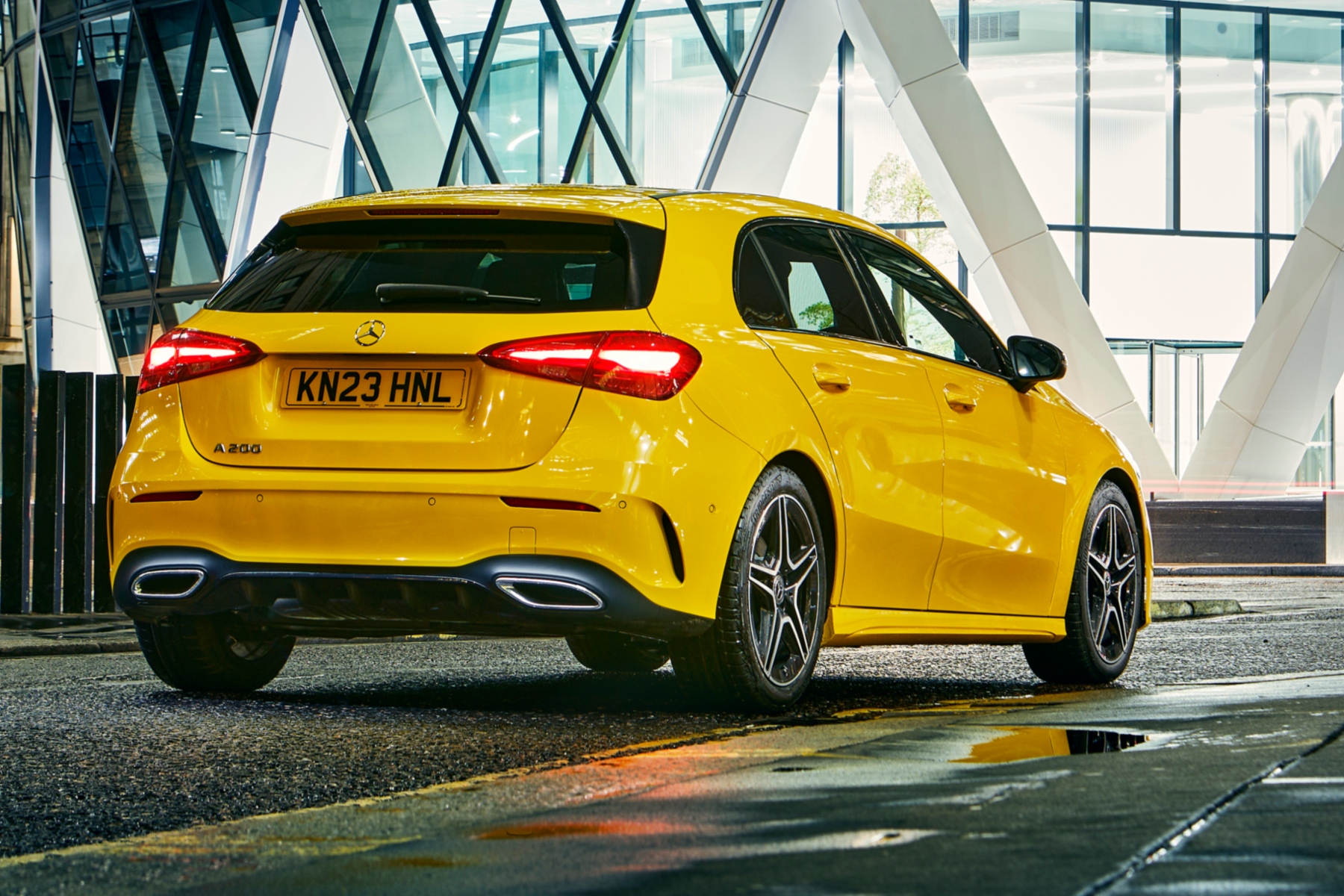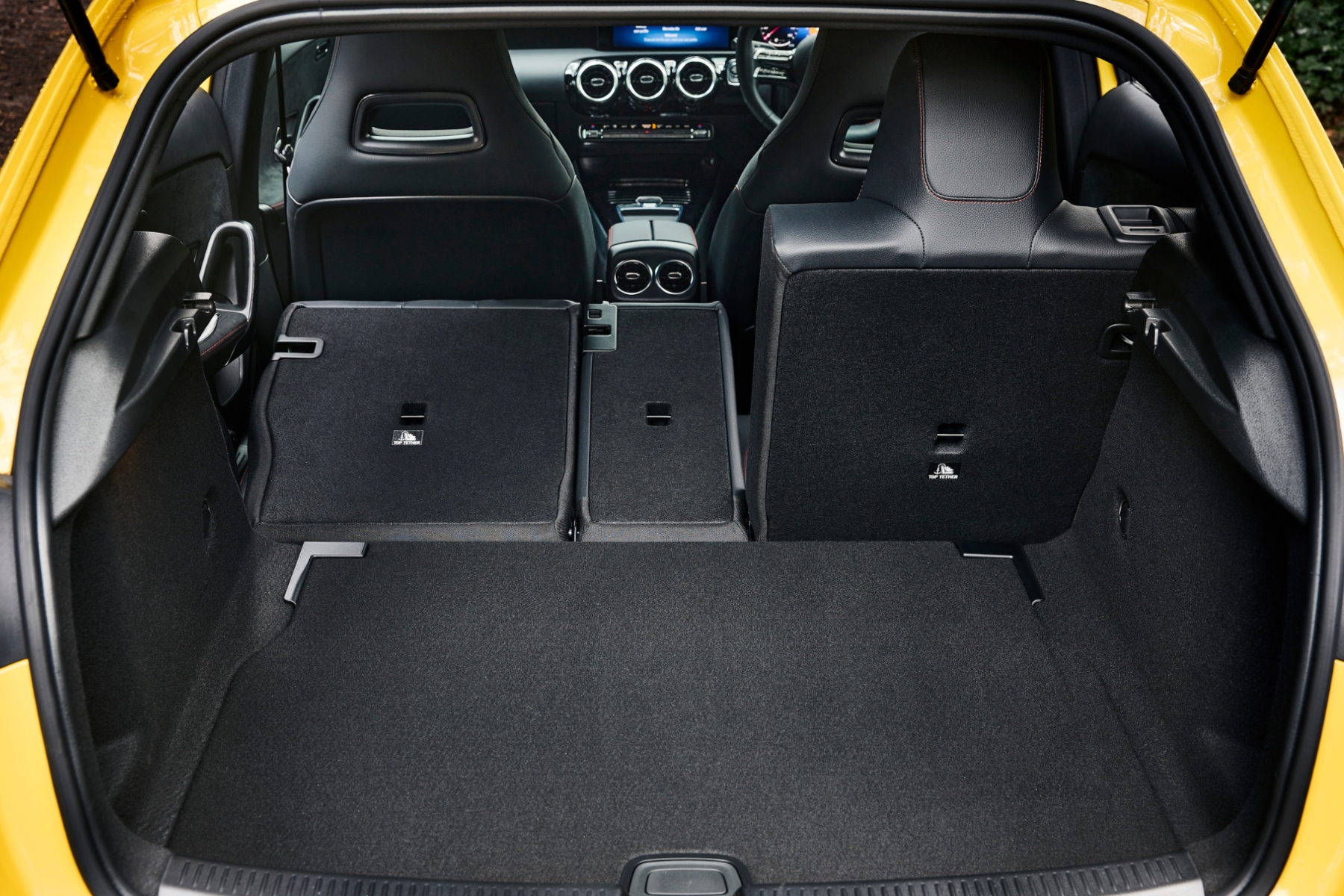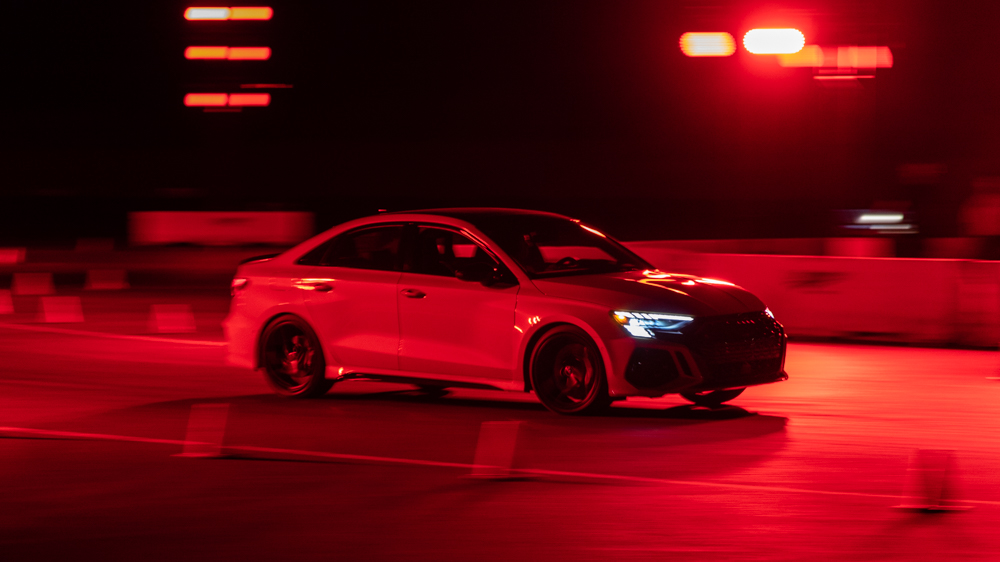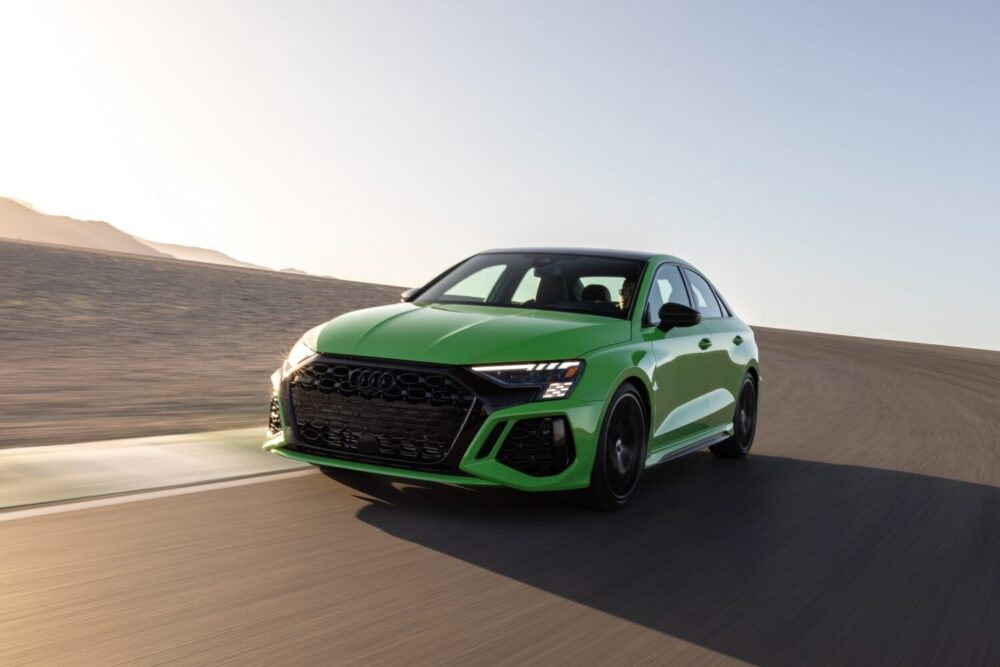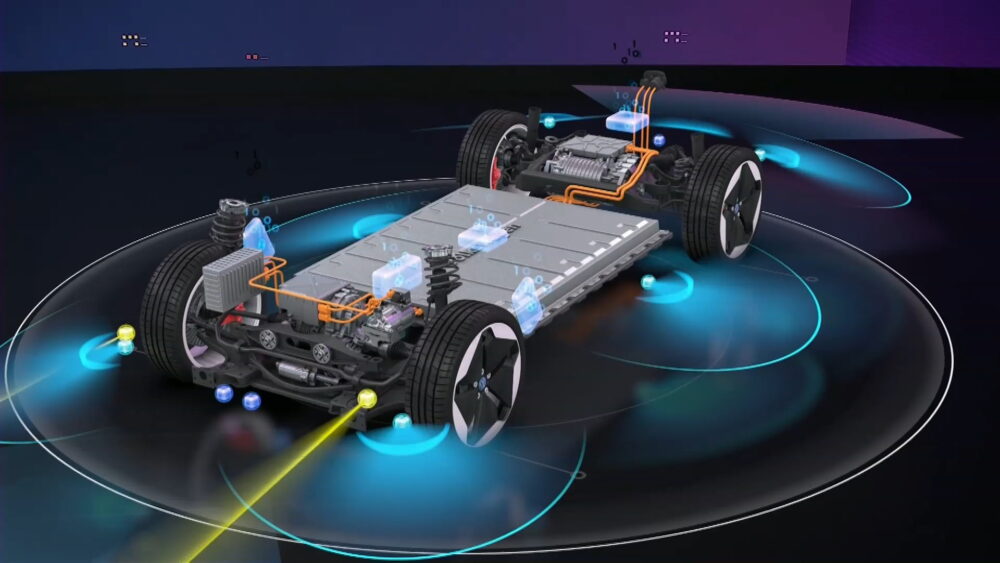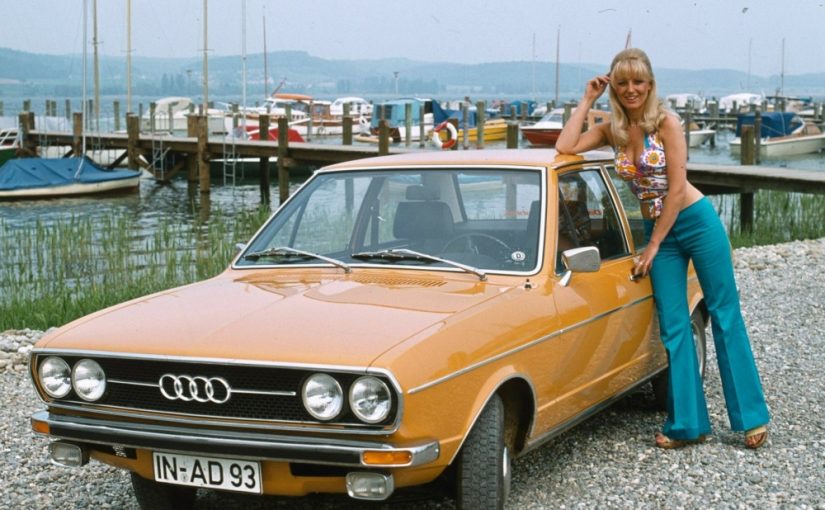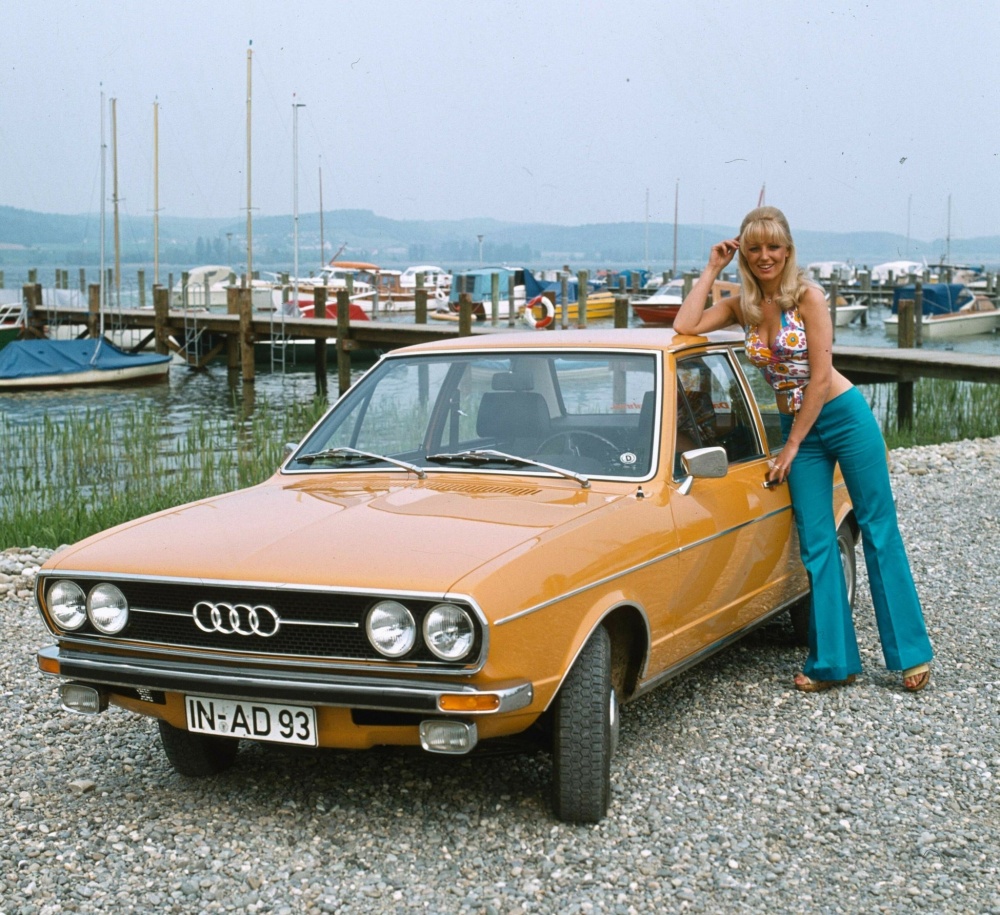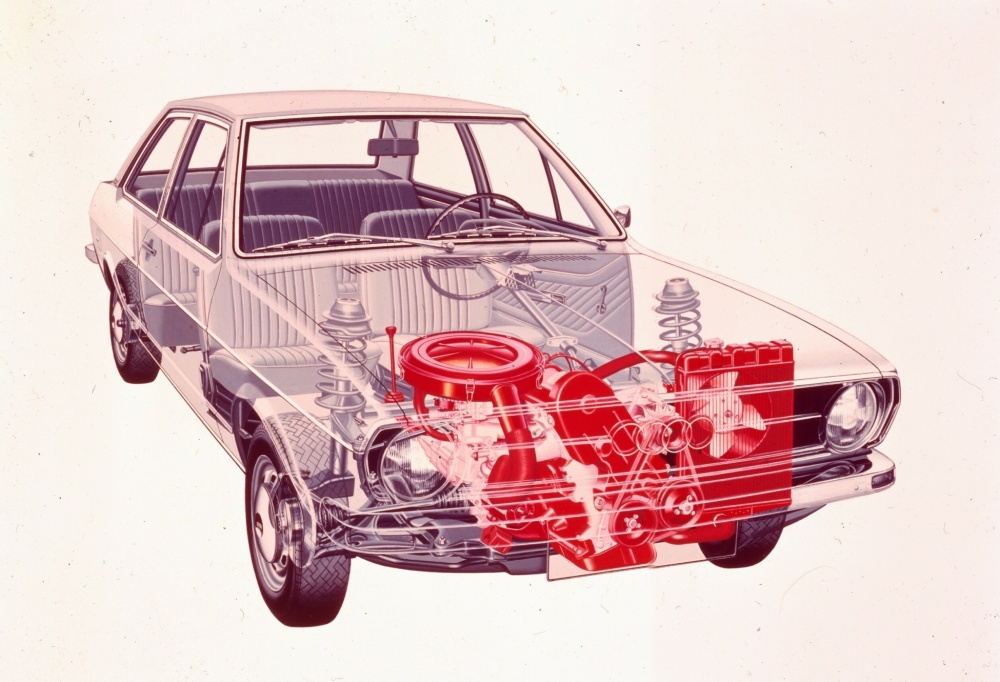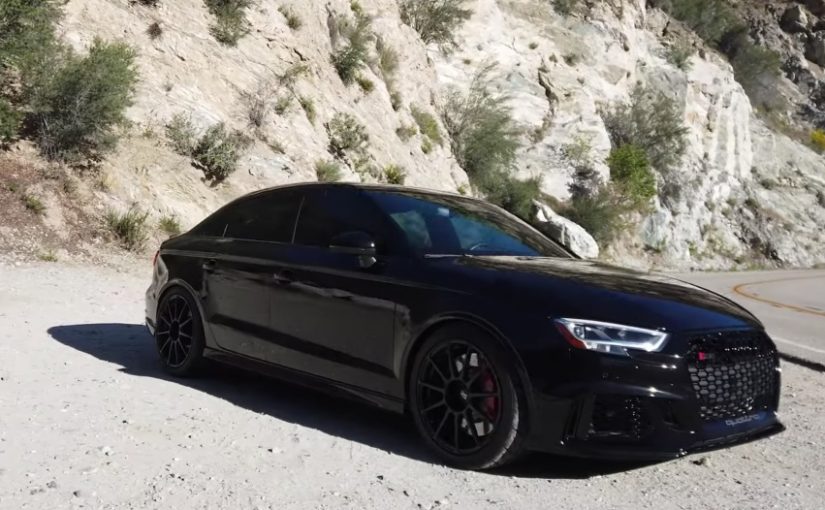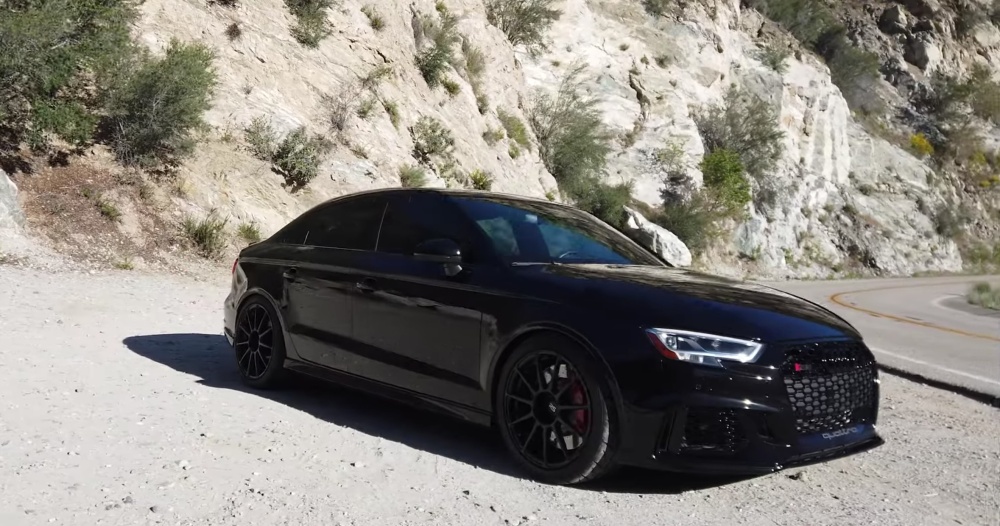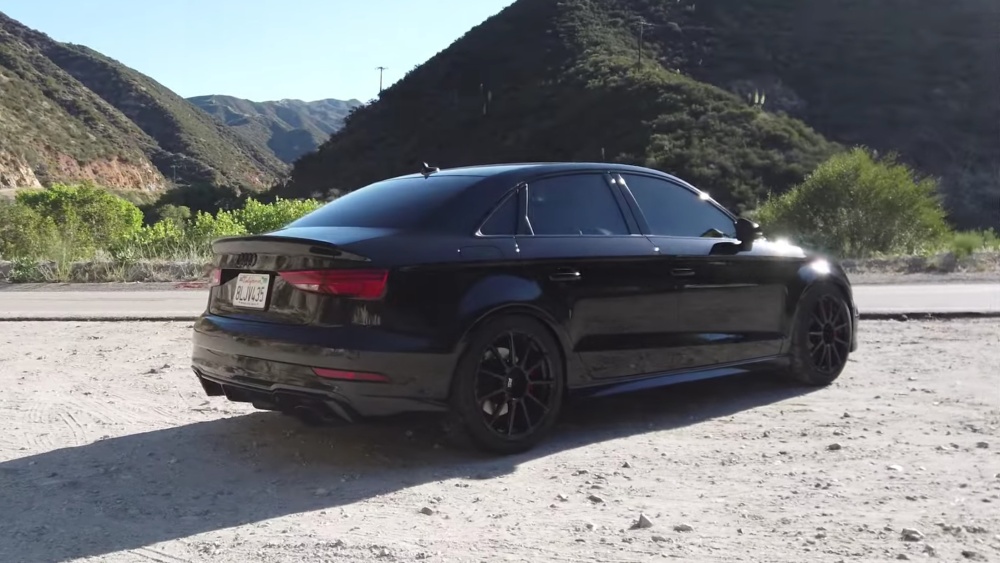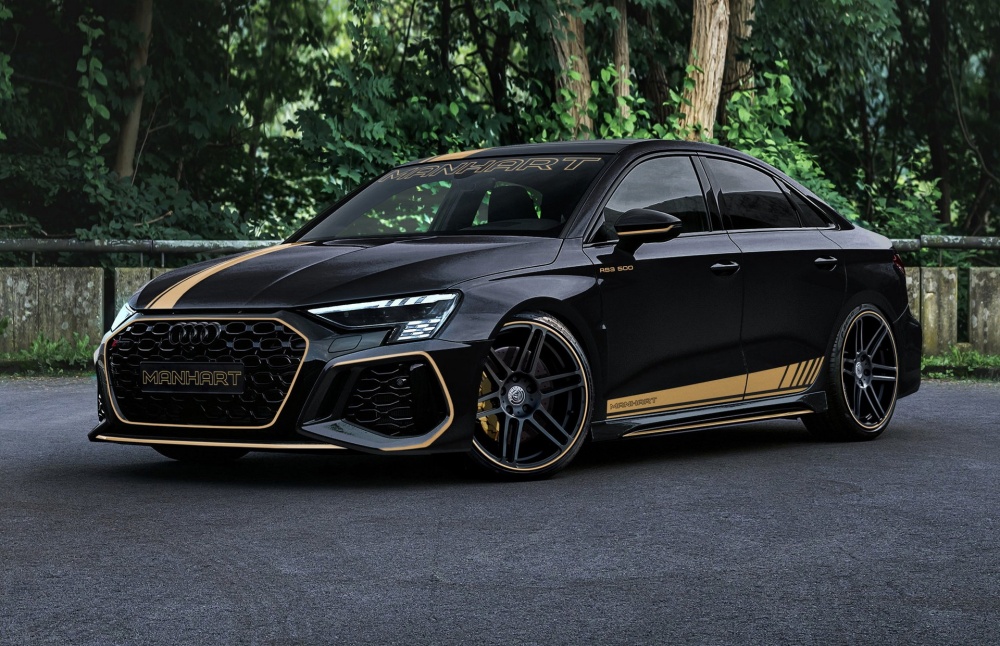We road test the updated Mercedes-Benz A-Class – the entry-level model in the three-pointed star line-up…
Priced from £31,905 and available as a hatchback or saloon, the Mercedes-Benz A-Class has been a huge success, delivering a relatively affordable, yet stylish and upmarket family car.
The latest model was launched in 2018 and quickly become one of the best-selling cars in the UK (it was the fourth most popular car after the MINI in 2021).
Now in its fourth generation, the A-Class continues to shine in a sector not without strong competition – think BMW 1 Series, Audi A3, Peugeot 308, DS 4 and MINI Clubman.
So, what’s new for 2023? Well, there’s tweaked styling, upgraded equipment, added mild hybrid petrol engine technology and a wider colour choice.
The exterior changes are subtle with revised lights front and rear, and LEDs as standard. There are now a couple of slim bonnet bulges and the front grille is bigger than ever.
The big change is inside where the latest MBUX infotainment system has been fitted.
As seen on Mercedes-Benz cars higher up the range, it’s a slick and stylish set-up featuring two 10.25-inch screens.
Meanwhile, it’s more comfortable than ever with four-way lumbar support on both seats up front, while the overall quality of materials in the cabin and finish is superb.
There’s a choice of three petrol engines, a diesel and a plug-in hybrid.
All new Mercedes-Benz A-Class petrol engines now have 48V mild hybrid tech.
A 1.3-litre four-cylinder turbo is at the core of the petrol and hybrid engine options, while the diesel gets a 148bhp 2.0-litre unit, delivering 57.6mpg economy.
We tested the entry-level A180 (petrol) and A250 e (plug-in hybrid) versions.
The former produces 134bhp, delivering a 0-62mph time of 9.3 seconds and a top speed of 134mph. Capable of up to 48.7mph, its CO2 emissions are a reasonable 134g/km.
The PHEV option, which sadly is only available on the saloon version of the A-Class, pairs the 1.3-litre petrol engine with an electric motor, giving a total output of 212bhp.
The small 15.6kWh battery gives a pure EV range of up to 51 miles with on-paper fuel economy of up to 353mpg, and CO2 emissions of just 23g/km.
With a 0-62mph time of 7.5 seconds, it has a top speed of 143mph. If you want even more pace, then look at the performance-orientated Mercedes-AMG A-Class line-up.
First the A180. The mild hybrid system is designed to make the engine start process quieter and allows the car to ‘sail’ with the engine switched off when cruising or coasting to a halt.
On the road the A 180 feels swifter than the official figures suggest – more than enough for everyday driving.
The mild hybrid tech works well, with smooth starting from a standstill and extra oomph when you get going. Mercedes claims the battery gives the car a 14bhp power boost when pulling away or during acceleration, and I can well believe this. What’s more, 50mpg is very achievable on a sensibly-driven longer run.
You can also choose from four driving modes (Eco, Comfort, Sport and Individual). As ever, Comfort is just fine, with Eco dulling the driving the experience. Sport increases throttle response and livens up things a little, but the A180 is at its best cruising along.
The engine is refined, only becoming vocal under heavy acceleration, while the seven-speed dual-clutch automatic gearbox is smooth and responsive.
If you prefer a low driving position, then you’ll like the A-Class. The steering is quick and it can be hustled through corners with well-controlled body roll.
It’s not a Ford Focus or BMW 1-Series, but it feels planted and the ride is a good blend of comfort (on the firm side) and driving engagement.
The A250e PHEV is the more powerful and slicker of our test cars. Starting off in whisper-quiet EV mode, it’s a while before the petrol motor kicks in.
Again, most at home in Comfort mode, it switches from petrol to electric and vice versa smoothly most of the time. It’s a little heavier than its mild hybrid sibling, but it still manages to deliver an enjoyable ride.
The eight-speed automatic gearbox isn’t best in class, but goes through the motions, while the accelerator pedal is a little on the sensitive side.
The A250e can be charged from 10-100% at an AC charging station in 1 hour and 15 minutes, or 1 hour 45 minutes using a home wallbox.
Given the tax benefits, the A250e makes absolute sense for business users. Private buyers should be put off though. If you can manage without the hatchback, you have a home charger and you don’t cover high mileages, your visits to the petrol station will be few and far between because you’ll be running your A-Class in EV mode most of the time.
When it comes to space, the A-Class has plenty up front, and unless you’re over six foot, it’s fine in the back too. Luggage capacity is a useful 355 litres in the hatchback, expanding to 1,195 with the rear seats folded. Battery storage means the PHEV takes a small hit (345/1125 litres).
Ultimately, the A-Class isn’t quite as sporty as it looks, but there’s still fun to be had, it drives well, and it’s practical.
Verdict: Mercedes-Benz has done just enough to keep the A-Class relevant in the premium family hatchback sector. Stylish, easy to drive, comfortable and well equipped, the Mercedes-Benz A-Class oozes quality.




